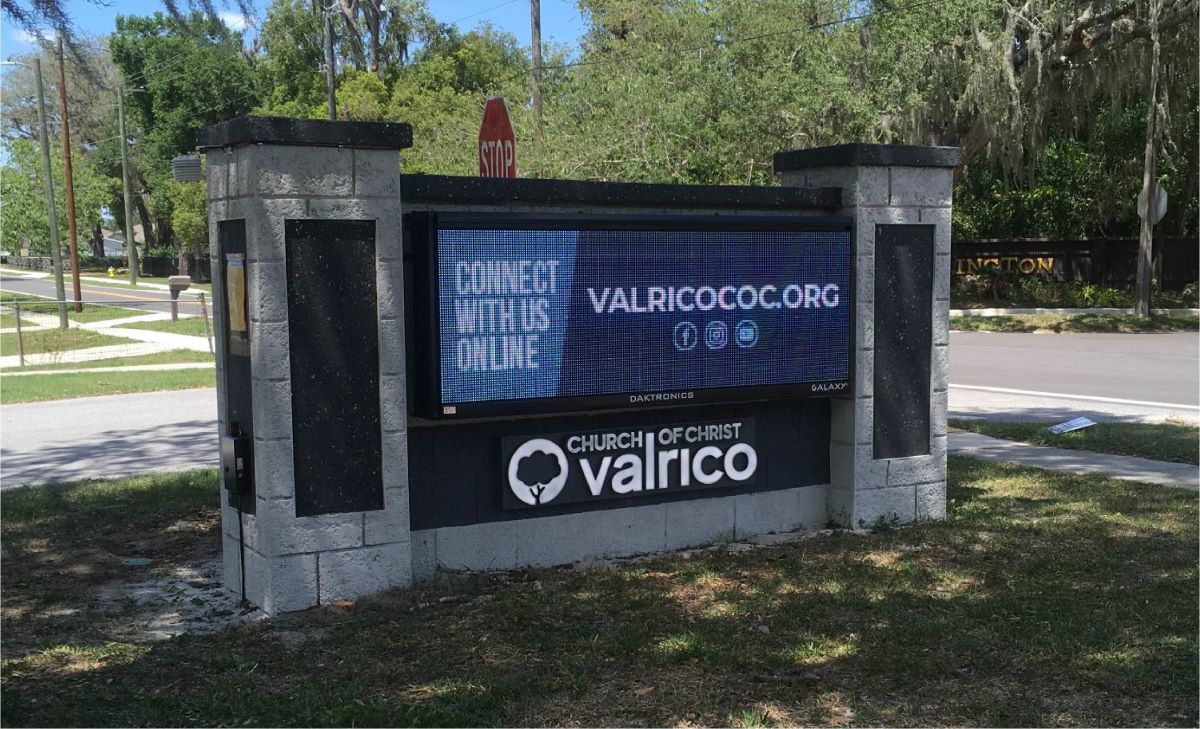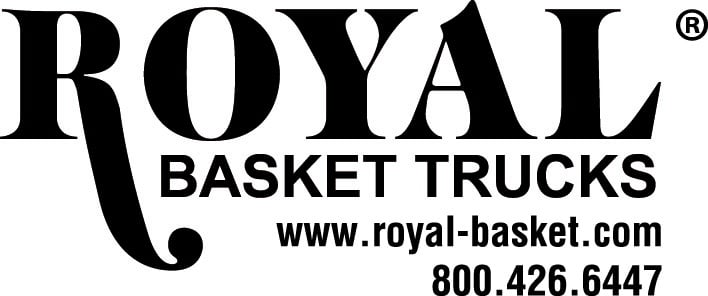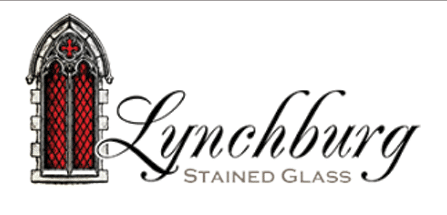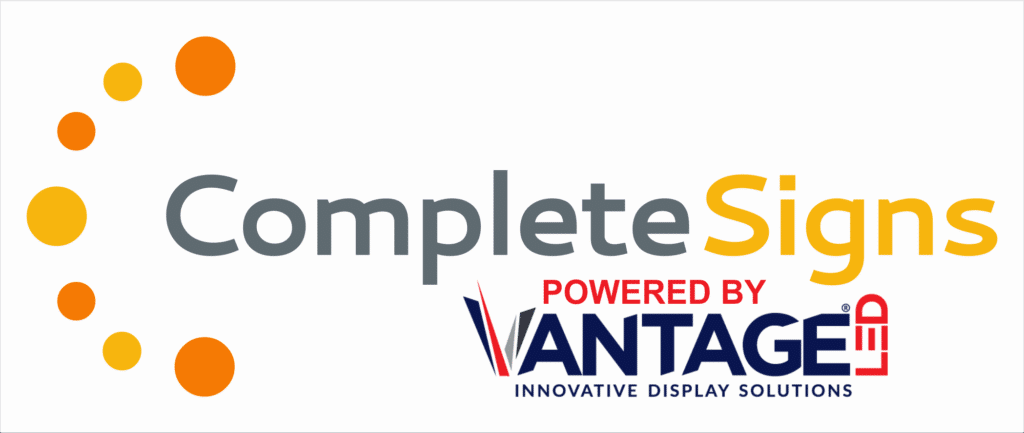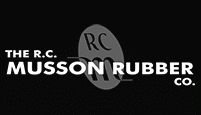In today’s fast-paced world, religious institutions serve as vital anchors for communities, offering spaces for worship, fellowship, and outreach. Yet, to fulfill their mission effectively, these organizations must communicate clearly and connect with both members and visitors.
One often-overlooked tool in achieving this is signage. From welcoming exterior signs to informative interior displays, well-designed signage can enhance the worship experience, improve accessibility, and strengthen a congregation’s sense of belonging.
Here are five key ways signage can transform religious spaces, offering practical insights for churches, synagogues, mosques, and other places of worship.
- Creating a Welcoming First Impression
The journey to a worship space begins before a visitor steps through the door. Exterior signage is often the first point of contact, setting the tone for the experience ahead. A clear, inviting sign communicates openness and warmth, reassuring newcomers that they’ve found the right place. For example, a prominently placed sign displaying service times, accessibility information, and a welcoming message can ease the anxiety of first-time visitors.
When designing exterior signs, simplicity is key. Bold, legible fonts and high-contrast colors ensure readability from a distance, even in low-light conditions. Incorporating a religious symbol, such as a cross or crescent, can reinforce the institution’s identity while maintaining a universal appeal. Lighting, whether through spotlights or energy-efficient LED backlighting, extends visibility into the evening hours, accommodating late services or community events.
By prioritizing clarity and warmth, exterior signage becomes a beacon of hospitality, inviting all to join in worship.
- Enhancing Navigation and Accessibility
Once inside a worship facility, visitors and members alike rely on signage to navigate unfamiliar spaces. Clear directional signs pointing to sanctuaries, restrooms, childcare areas, or fellowship halls streamline movement and reduce confusion. This is especially critical for large campuses or multi-building complexes, where poorly marked pathways can frustrate attendees.
Accessibility is another key consideration. Signs with braille, large fonts, or multilingual text ensure inclusivity for individuals with visual impairments or language barriers. For instance, a sign indicating an accessible entrance or elevator can make a significant difference for worshippers with mobility challenges.
Thoughtful interior signage reflects a commitment to serving every member of the community, fostering an environment where all feel valued and supported.
- Reinforcing Spiritual Messaging
Signage offers a unique opportunity to reinforce a religious institution’s mission and values. Inspirational quotes, scripture verses, or mission statements displayed on banners, wall graphics, or digital screens can uplift worshippers and create a reflective atmosphere. For example, a banner in a fellowship hall featuring a verse about community can spark meaningful conversations among members.
Digital signage, in particular, provides flexibility to update messages for special occasions, such as holidays, funerals, or outreach campaigns. A digital display in a lobby might cycle through announcements, prayer requests, and inspirational images, keeping the congregation informed and engaged.
When selecting messages, prioritize authenticity and relevance to ensure they resonate with the community’s spiritual journey.
- Supporting Community Outreach and Events
Religious institutions often serve as hubs for community activities, from charity drives to youth programs. Signage plays a critical role in promoting these events and extending outreach efforts. Exterior banners announcing a food drive or Vacation Bible School can capture the attention of passersby, inviting them to participate. Similarly, portable signs placed in high-traffic areas, such as near a community center, can amplify visibility for special events.
For maximum impact, event signage should balance creativity with clarity. Vibrant colors and eye-catching designs draw attention, while concise text ensures the message is easily understood. Including a website or QR code can direct interested individuals to more information, bridging the gap between physical signage and digital engagement.
By leveraging signage strategically, religious institutions can expand their reach and foster stronger ties with the broader community.
- Adapting to Modern Trends and Technologies
As technology evolves, so do the possibilities for signage in worship spaces. Digital signs, for instance, offer dynamic ways to communicate with congregations. A digital marquee outside a church can display real-time updates about service cancellations due to weather, while an indoor touchscreen kiosk can provide interactive maps or event registration. These tools enhance engagement and keep pace with the expectations of tech-savvy worshippers.
Sustainability is another growing trend. Eco-friendly materials, such as recycled plastics or low-energy LED displays, align with the values of stewardship held by many religious communities. Additionally, modular signage systems allow institutions to update or reconfigure signs as needs change, reducing waste and costs over time.
By embracing modern trends, religious organizations can ensure their signage remains relevant and impactful for years to come.
Practical Tips for Implementation
For religious institutions considering a signage upgrade, a few best practices can guide the process:
- Assess Needs: Conduct a walkthrough of the facility to identify areas where signage is missing or unclear. Solicit feedback from members and visitors to understand their needs.
- Prioritize Durability: Choose weather-resistant materials for exterior signs and high-quality finishes for interior displays to ensure longevity.
- Work with Professionals: Collaborate with experienced signage providers who understand the unique requirements of religious spaces, from aesthetic preferences to budget constraints.
- Maintain Consistency: Use cohesive fonts, colors, and branding across all signs to create a unified look that reflects the institution’s identity.
- Plan for Updates: Opt for flexible systems, such as digital displays or interchangeable panels, to accommodate future changes in messaging or events.
Signage is more than a functional tool—it’s a powerful way to communicate a religious institution’s mission, welcome diverse audiences, and strengthen community ties. From creating inviting first impressions to supporting outreach efforts, well-designed signs enhance every aspect of the worship experience.
By embracing thoughtful design, accessibility, and modern technologies, religious organizations can harness the full potential of signage to inspire, inform, and connect. As congregations continue to evolve, signage will remain a timeless ally in building vibrant, inclusive communities.
Bob Norman is a signage expert with Guthman Signs, a leading provider of custom signage solutions for businesses, organizations, and religious institutions, www.guthmansigns.com. With years of experience in creating impactful signs, he specializes in helping clients communicate their message through innovative and durable designs.


